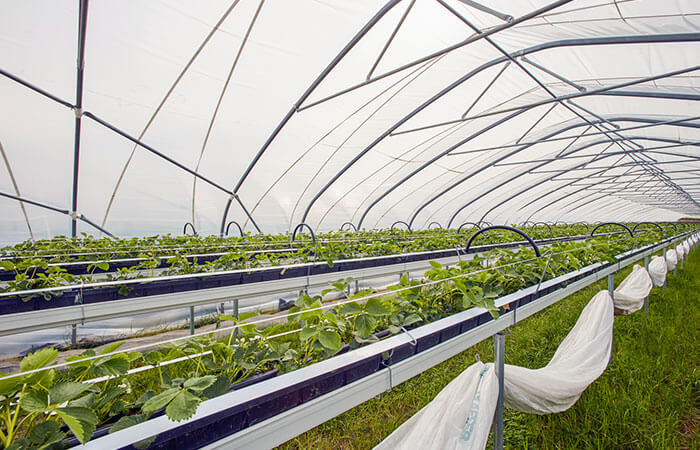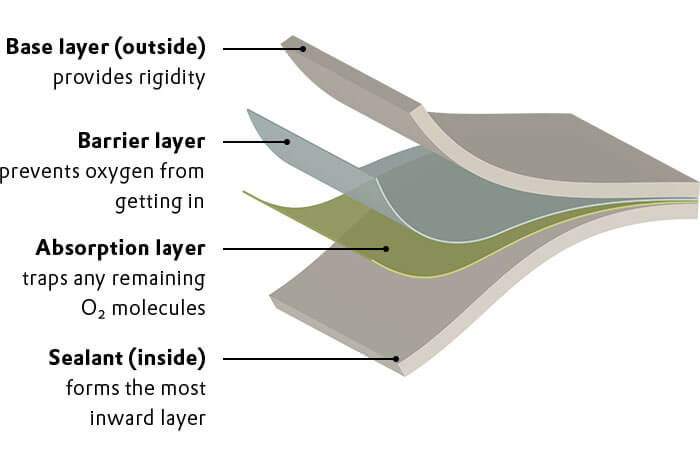
Animal nutrition
A Close Look
How the use of big data and biotech in poultry farming improves animal welfare—and reduces the use of resources.

Nutrition
A Plentiful and Sustainable Diet
Nearly ten billion people will be living on the planet in 2050—but what will all these people eat?

Omega-3 fatty acids
Small Algae, Big Effect
Many people do not consume enough omega-3 fatty acids. What can help? Microalgae from the ocean.

Dietary supplements
A good supplement for a healthy diet
Dietary supplements such as MEDOX® and MYOLUTION® help to offset deficits in our daily diets.
ELEMENTS Newsletter
Get fascinating insights into the research Evonik is conducting, and its social relevance, by subscribing to our free newsletter.




